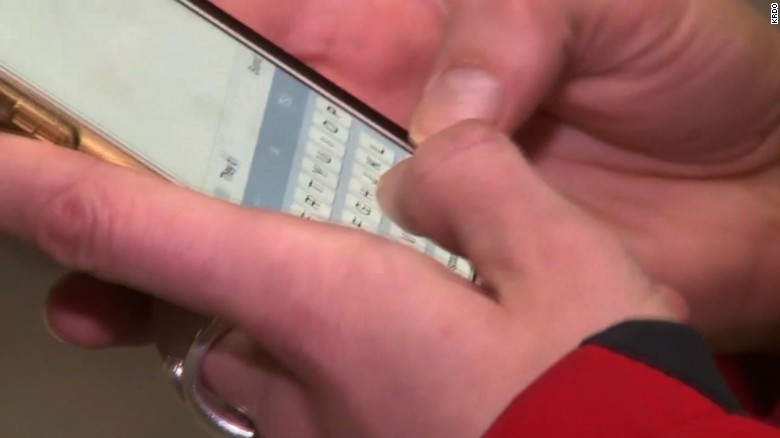Story highlights
- Teens use sexting to show off, to entice someone, to show interest in someone, or to prove commitment
- It's better for parents to have a talk with their kids or teens before something happens
Sexting among teens is, unfortunately, pretty common. Many parents are shocked to hear how casually teens discuss how prevalent it is. And, while experts differ on statistics, a 2009 study conducted by Pew Internet & American Life Project confirms sexting is a teen reality that's here to stay. Why do they do it? To show off, to entice someone, to show interest in someone, or to prove commitment. Or even as a joke. Teens' developing interest in sex, an impulse to experiment, and apps that make sexting easy -- and acceptable -- create an environment that some teens find irresistible.
Sending these pictures or messages is problematic enough, but the real challenge comes when this content is shared broadly. As far too many teens have found out, the recipient of these messages is in possession of a highly compromising image or message that can be easily posted on a social networking site or sent to others via email or text.
In a technology world where anything can be copied, sent, posted, and seen by huge audiences, there's no such thing as being able to control information. The intention doesn't matter -- even if a photo was taken and sent as a token of love, for example, the technology makes it possible for everyone to see your child's most intimate self. In the hands of teens, when revealing photos are made public, the sexter almost always ends up feeling humiliated. Furthermore, sending sexual images to minors is against the law, and some states have begun prosecuting kids for child pornography or felony obscenity.
There have been some high profile cases of sexting. In 2015, a Colorado high school was rocked by a sexting scandal involving hundreds of students. In 2009, Cincinnati teen Jesse Logan committed suicide after a nude photo she'd sent to a boyfriend was circulated widely around her high school, resulting in harassment from her classmates.
Fortunately, networks with large teen audiences -- MTV, for example -- are using their platforms to warn teens against the dangers of sexting. And the website ThatsNotCool.com uses teen-speak to help resist cyber peer pressure. Hopefully, these messages will get through.
Advice for parents
- Don't wait for an incident to happen to your child or your child's friend before you talk about the consequences of sexting. Sure, talking about sex or dating with teens can be uncomfortable, but it's better to have the talk before something happens.
- Remind your kids that once an image is sent, it can never be retrieved -- and they will lose control of it. Ask teens how they would feel if their teachers, parents, or the entire school saw the picture, because that happens all the time.
- Talk about pressures to send revealing photos. A study by Michigan State University found that many teens are sexually harassed online by their peers. Let teens know that you understand how they can be pushed or dared into sending something. Tell them that no matter how big the social pressure is, the potential social humiliation can be hundreds of times worse.
- Teach your children that the buck stops with them. If someone sends them a photo, they should delete it immediately. It's better to be part of the solution than the problem.
- Check out Common Sense Education's Sexting Handbook. This resource gives families the language and support to take texting and cell phone power back into their own hands. It's also a great resource for parents who are uncomfortable dealing directly with this issue.




